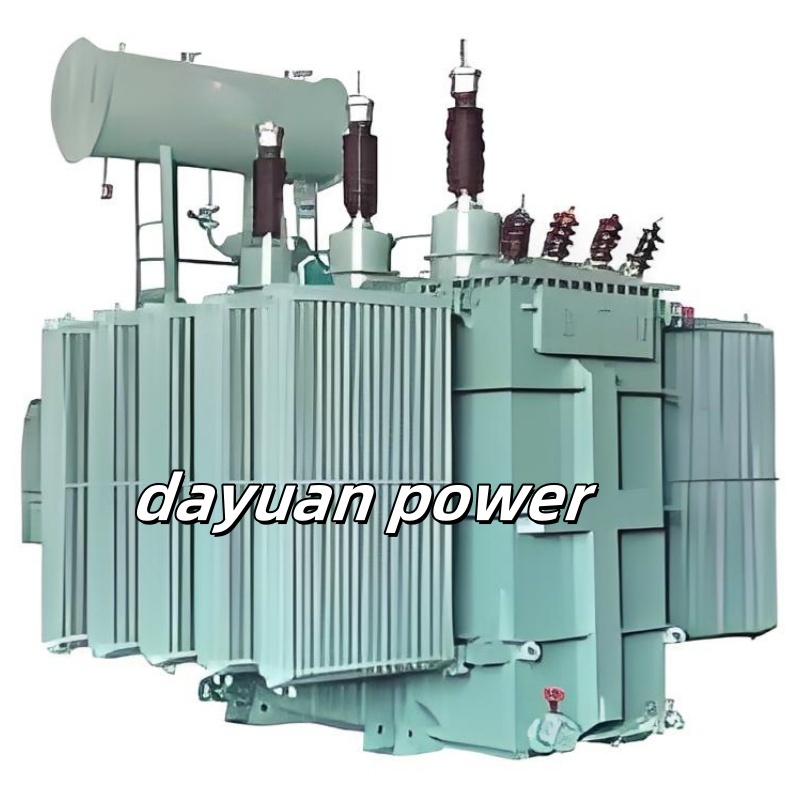2025-06-18
The working principle of a transformer is based on Faraday's Law of Electromagnetic Induction and mutual induction.

1.Core Components:
Primary Winding: Connected to the input AC voltage source.
Secondary Winding: Connected to the load (output).
Ferromagnetic Core: Links the two windings magnetically (provides a low-reluctance path for magnetic flux).
2.The Process:
AC Input: An alternating current (AC) flows through the primary winding.
Changing Magnetic Field: This alternating current creates a constantly changing magnetic flux (Φ) in the ferromagnetic core. The flux magnitude and direction continuously increase, decrease, and reverse with the AC cycle.
Core's Role: The core confines and efficiently channels almost all of this changing magnetic flux through the secondary winding.
Faraday's Law: The changing magnetic flux passing through the secondary winding induces an electromotive force (EMF or voltage) across its terminals, as per Faraday's Law (V_ind = -N * dΦ/dt).
Mutual Induction: This phenomenon, where a changing current in one coil induces a voltage in a nearby coil linked by the same magnetic flux, is called mutual induction.
Output: If a load is connected to the secondary winding, this induced voltage causes an alternating current to flow through the load.
3.Key Requirements:
AC Current: Transformers only work with alternating current (AC). A steady DC current produces a constant magnetic flux (dΦ/dt = 0), resulting in zero induced voltage in the secondary winding.
Magnetic Coupling: The core is essential for efficiently linking the magnetic flux generated by the primary winding to the secondary winding.
4.Voltage Transformation:
The magnitude of the voltage induced in the secondary winding depends on the ratio of the number of turns in the secondary winding (N_s) to the number of turns in the primary winding (N_p).
Step-Up Transformer: N_s > N_p => V_out > V_in
Step-Down Transformer: N_s < N_p => V_out < V_in
Turns Ratio Equation: V_s / V_p = N_s / N_p (For an ideal transformer, neglecting losses)